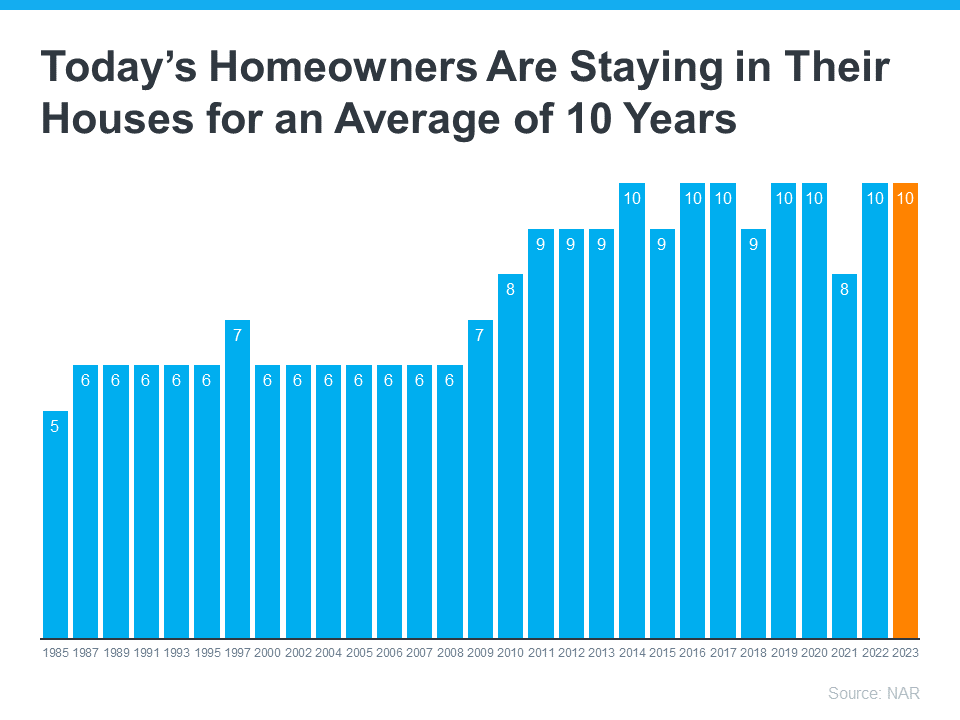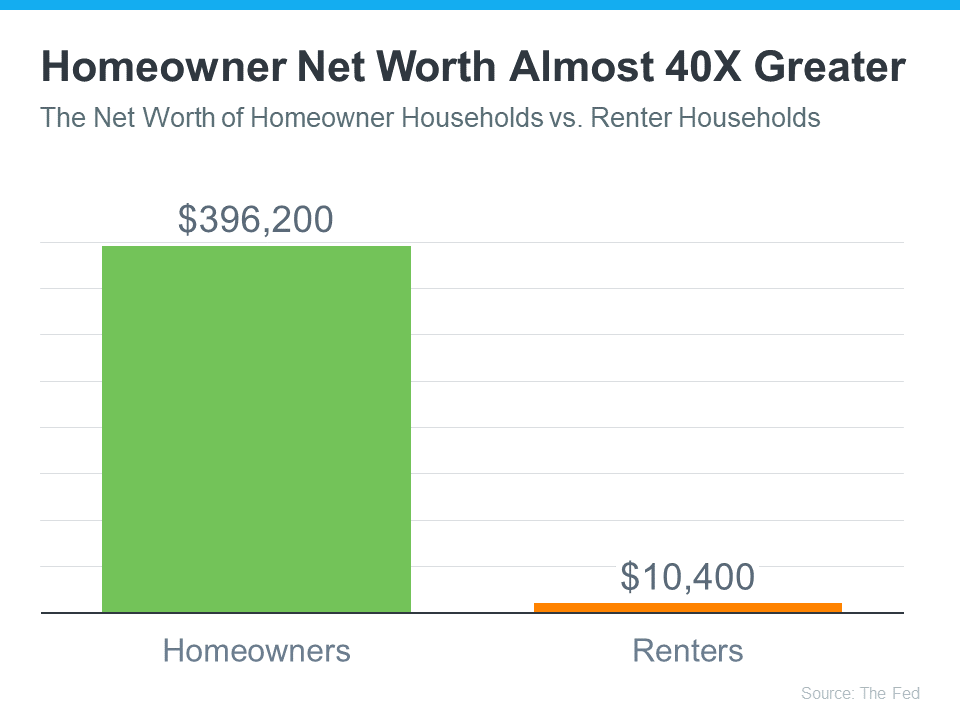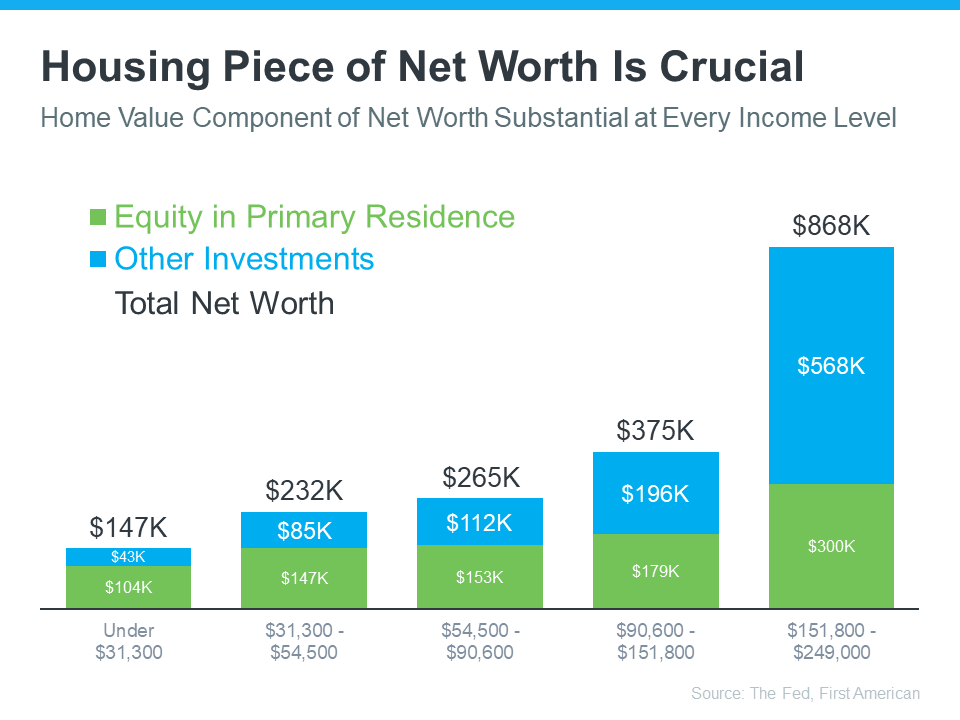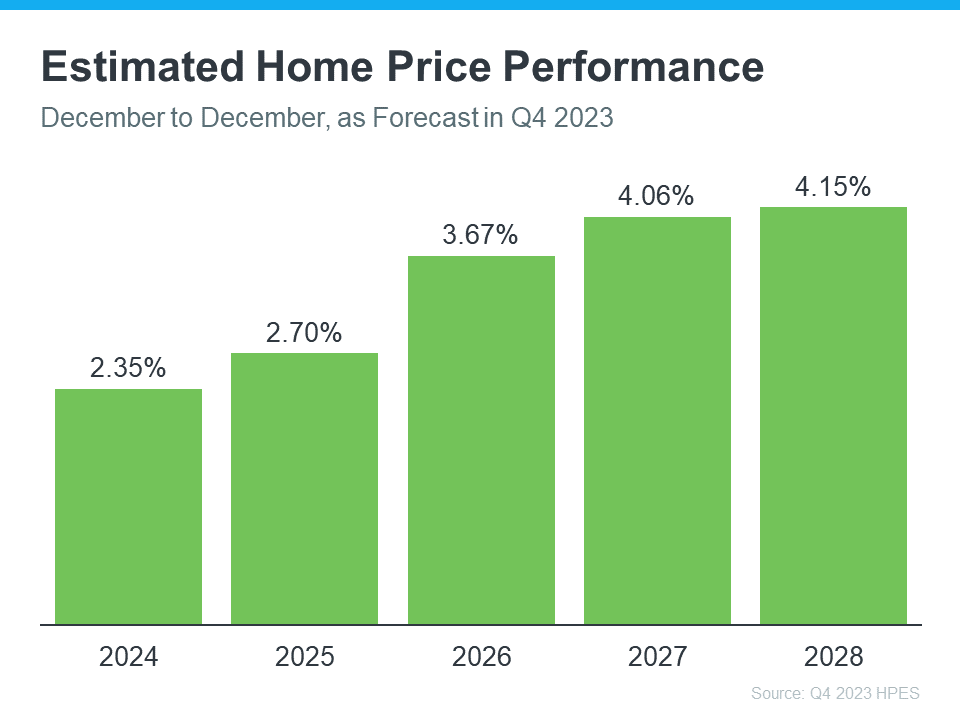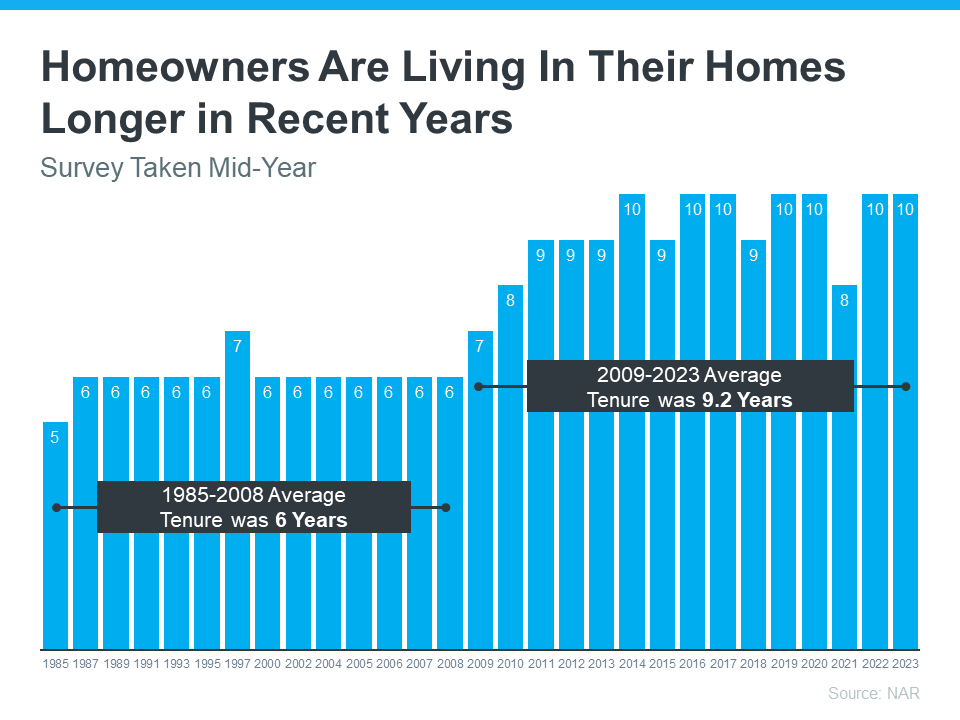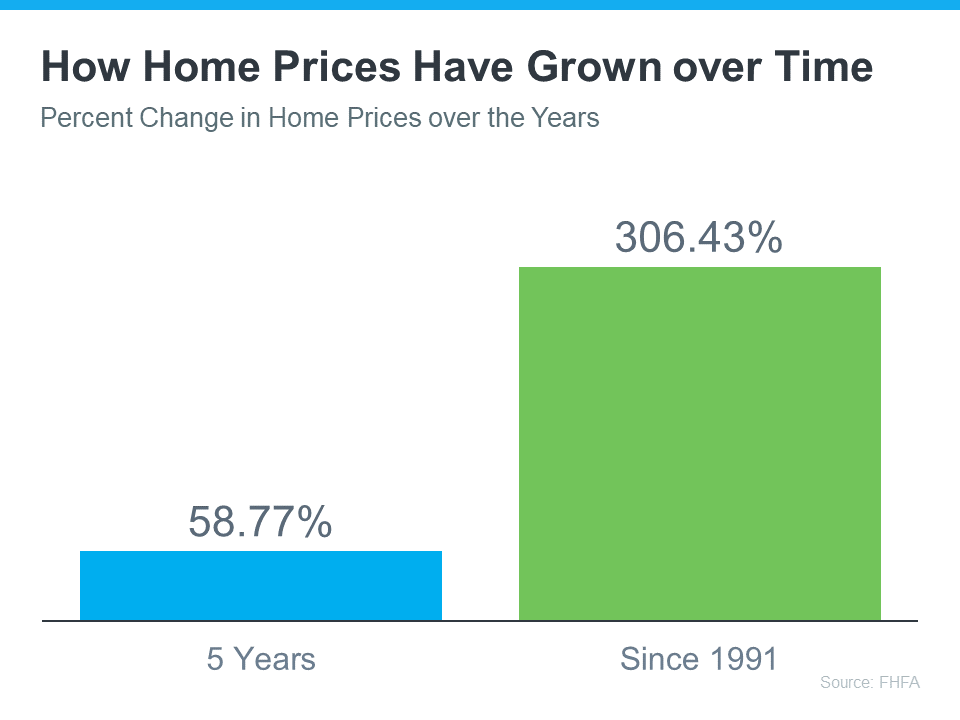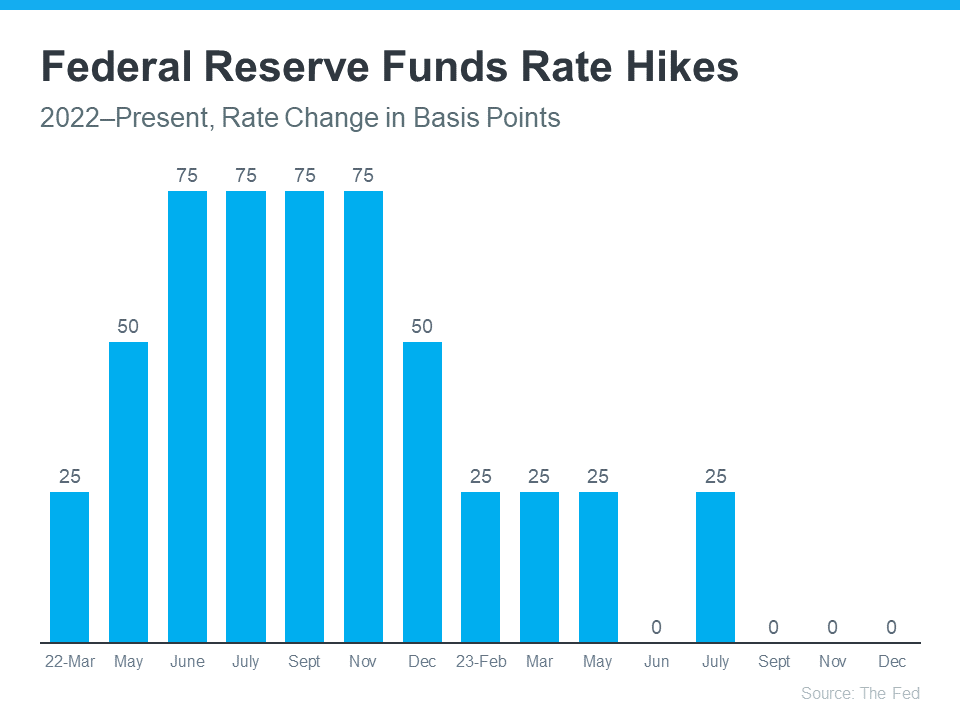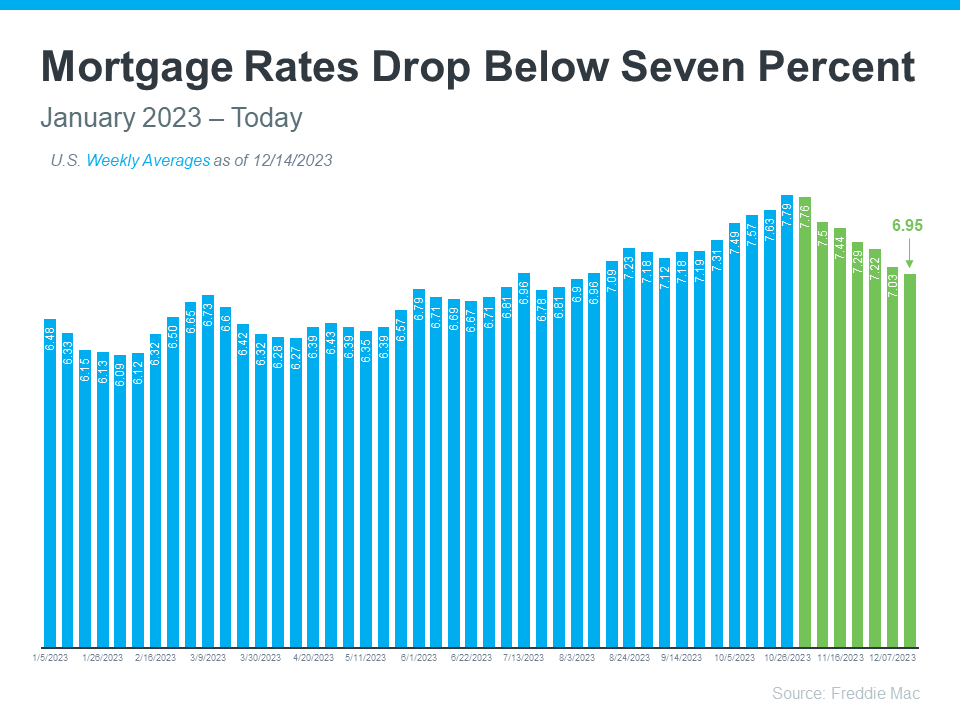Helpful Tips When Moving
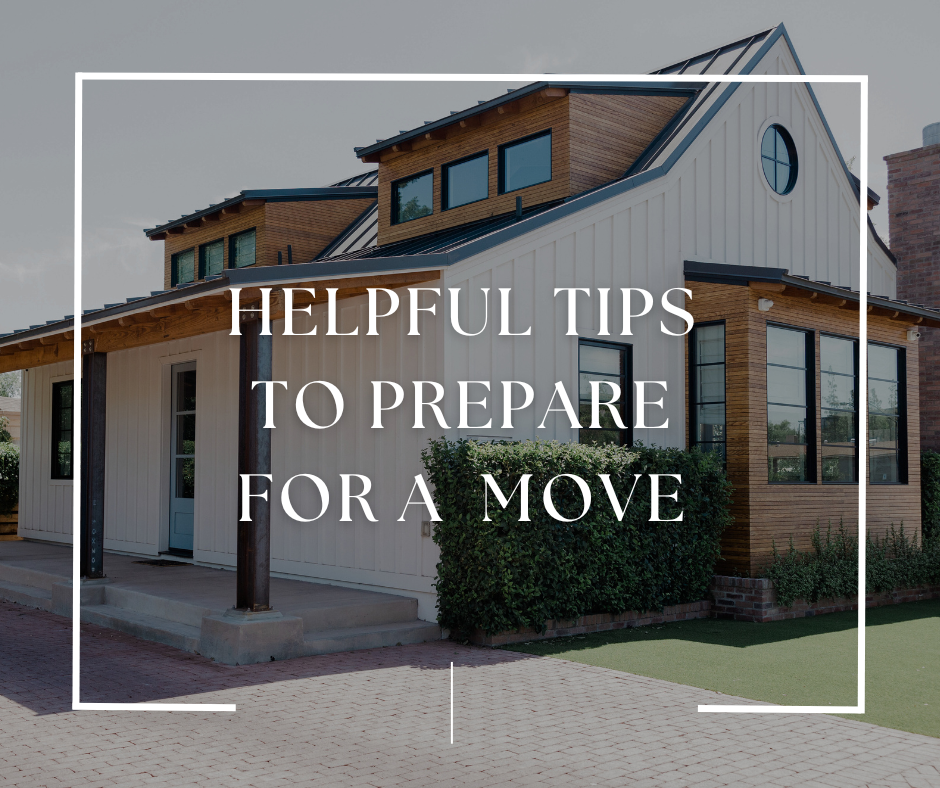
When providing tips to my clients, I feel it is important to offer advice that can help streamline the process and make the transition smoother. Here are some of my best tips:
1️⃣ Plan ahead to avoid last minute stress. I provide my buyers with a timeline and checklist to stay organized.
2️⃣ Declutter before packing to reduce the amount of stuff you have to move and unpack.
3️⃣ Pack efficiently using sturdy boxes and packing materials to protect your belongings. It is helpful to pack rooms room by room and label each box with its contents and destination room.
4️⃣ Hire Professional Movers. It can be very helpful to hire a professional movers for heavy or valuable items. In my listing packet, I provide multiple moving companies where you can get quotes, read reviews and choose the one best for you.
5️⃣ Update your information with the postal service, banks, utilities, and other important institutions.
6️⃣ Utilities & Services: when moving, you want to arrange for the disconnection of utilities at your old home, and the connection at your new one, whereas you can transfer or set up services like internet, cable and gas.
7️⃣ Pack essentials separately so that you have a few things you need for the first day in a new home.
8️⃣ Take inventory of your belongings which can be useful for insurance purposes and to ensure nothing gets lost during the move.
9️⃣ Furniture placement plan: this one can be a tricky one and if you’re like me, you end up moving things around once you get settled in however, if you have a layout of furniture before moving day it can help save time while unpacking.
🔟 Secure valuable items (important papers, jewelry) during your move for added security.
1️⃣1️⃣ Take photos before disassembling, electronics, or furniture to remember how they were set up.
1️⃣2️⃣ Have a cleaning kit ready for both your old home and new home and clean as you go to make a final move out easier.
Obviously every move is unique, so feel free to adapt these tips based on your knees and circumstances.
Unlocking the Secrets of your Dream Home

The Dramatic Impact of Homeownership on Net Worth

The Dramatic Impact of Homeownership on Net Worth
If you’re trying to decide whether to rent or buy a home this year, here’s a powerful insight that could give you the clarity and confidence you need to make your decision.
Every three years, the Federal Reserve releases the Survey of Consumer Finances (SCF), which compares net worth for homeowners and renters. The latest report shows the average homeowner’s net worth is almost 40X greater than a renter’s (see graph below):
One reason a wealth gap exists between renters and homeowners is because when you’re a homeowner, your equity grows as your home appreciates in value and you make your mortgage payment each month. When you own a home, your monthly mortgage payment acts like a form of forced savings, which eventually pays off when you decide to sell. As a renter, you’ll never see a financial return on the money you pay out in rent every month. Ksenia Potapov, Economist at First American, explains it like this:
“Renters don’t capture the wealth generated by house price appreciation, nor do they benefit from the equity gains generated by monthly mortgage payments . . .”
The Largest Part of Most Homeowner Net Worth Is Their Equity
Home equity does more to build the average household’s wealth than anything else. According to data from First American and the Federal Reserve, this holds true across different income levels (see graph below):
The green segment in each bar represents how much of a homeowner’s net worth comes from their home equity. Based on this data, it’s clear no matter what your income level is, owning a home can really boost your wealth. Nicole Bachaud, Senior Economist at Zillow, shares:
“The biggest asset most people are ever going to own is a home. Homeownership is really that financial key that helps unlock stability and wealth preservation across generations.”
If you’re ready to start building your net worth, the current real estate market offers several opportunities you should consider. For example, with mortgage rates trending lower lately, your purchasing power may be higher now than it has been in months. And, with more inventory coming to the market, there are more options for you to consider.
Bottom Line
If you’re unsure about whether to rent or buy a home, keep in mind that owning a home can increase your overall wealth in the long run, no matter your income. To discover more about this and the many other benefits of homeownership, let’s connect.
Thinking About Buying a Home? Ask Yourself These Questions

Thinking About Buying a Home? Ask Yourself These Questions
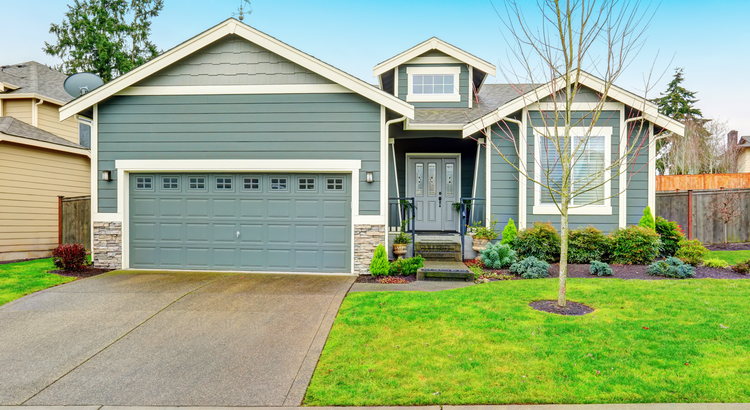
If you’re thinking of buying a home this year, you’re probably paying closer attention than normal to the housing market. And you’re getting your information from a variety of channels: the news, social media, your real estate agent, conversations with friends and loved ones, the list goes on and on. Most likely, home prices and mortgage rates are coming up a lot.
Here are the top two questions you need to ask yourself as you make your decision, including the data that helps cut through the noise.
1. Where Do I Think Home Prices Are Heading?
One reliable place you can turn to for information on home price forecasts is the Home Price Expectations Survey from Fannie Mae – a survey of over one hundred economists, real estate experts, and investment and market strategists.
According to the most recent release, the experts are projecting home prices will continue to rise at least through 2028 (see the graph below):
So, why does this matter to you? While the percent of appreciation may not be as high as it was in recent years, what’s important to focus on is that this survey says we’ll see prices rise, not fall, for at least the next 5 years.
And home prices rising, even at a more moderate pace, is good news not just for the market, but for you too. It means, by buying now, your home will likely grow in value, and you should gain home equity in the years ahead. But, if you wait, based on these forecasts, the home will only cost you more later on.
2. Where Do I Think Mortgage Rates Are Heading?
Over the past year, mortgage rates spiked up in response to economic uncertainty, inflation, and more. But there’s an encouraging sign for the market and mortgage rates. Inflation is moderating, and here’s why this is such a big deal if you’re looking to buy a home.
When inflation cools, mortgage rates generally fall in response. That’s exactly what we’ve seen in recent weeks. And, now that the Federal Reserve has signaled they’re pausing their Federal Funds Rate increases and may even cut rates in 2024, experts are even more confident we’ll see mortgage rates come down.
Danielle Hale, Chief Economist at Realtor.com, explains:
“. . . mortgage rates will continue to ease in 2024 as inflation improves and Fed rate cuts get closer. . . . a key factor in starting to provide affordability relief to homebuyers.”
As an article from the National Association of Realtors (NAR) says:
“Mortgage rates likely have peaked and are now falling from their recent high of nearly 8%. . . . This likely will improve housing affordability and entice more home buyers to return to the market . . .”
No one can say with absolute certainty where mortgage rates will go from here. But the recent decline and the latest decision from the Federal Reserve to stop their rate increases, signals there’s hope on the horizon. While we may see some volatility here and there, affordability should improve as rates continue to ease.
If you’re thinking about buying a home, you need to know what’s expected with home prices and mortgage rates. While no one can say for certain where they’ll go, making sure you have the latest information can help you make an informed decision. Let’s connect so you can stay up to date on what’s happening and why this is such good news for you.
What You Need To Know About Saving for a Home in 2024
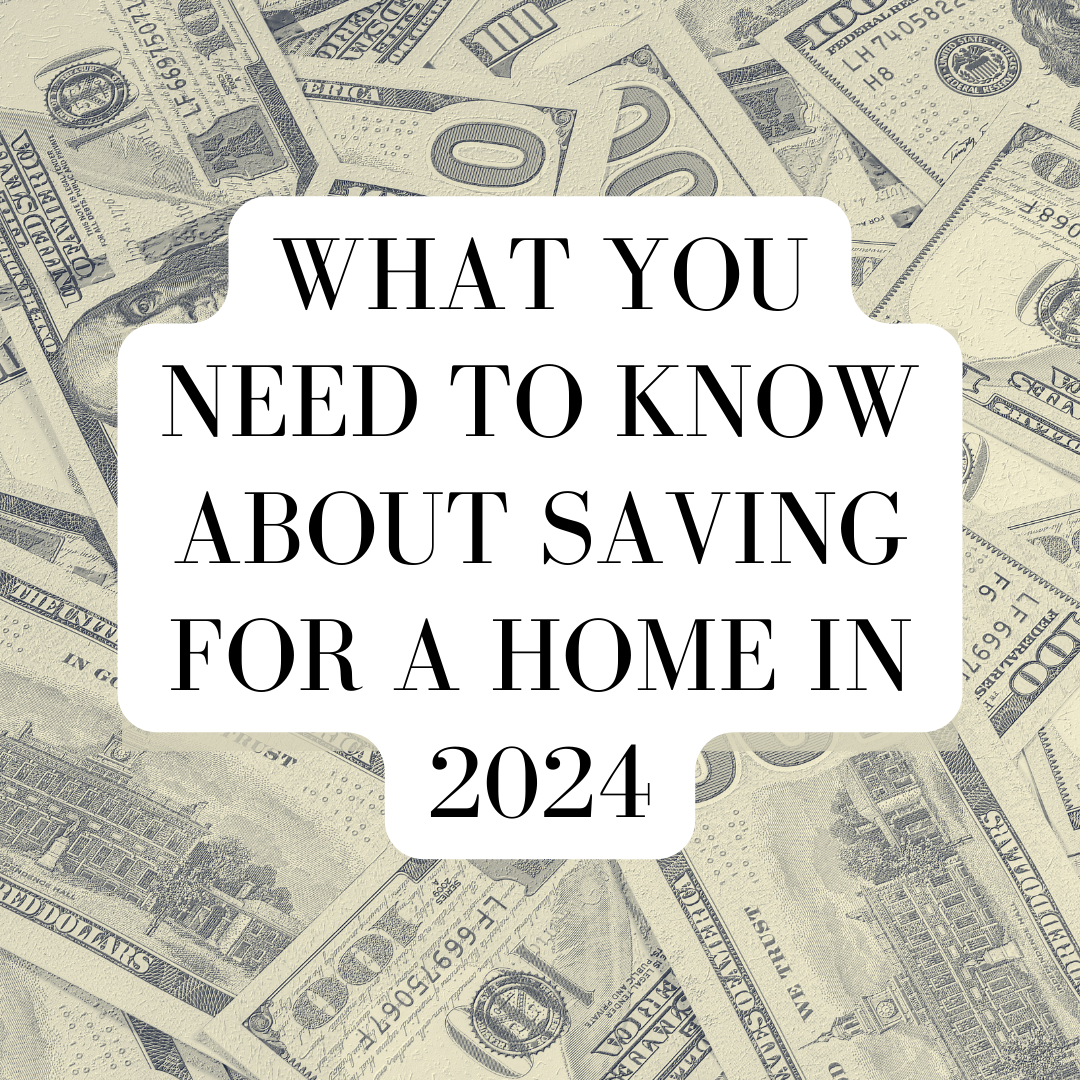
What You Need To Know About Saving for a Home in 2024

If you’re planning to buy a home, knowing what to budget for and how to save may sound intimidating – but it doesn’t have to be. One way to ease those concerns is to make sure you understand some of the costs you may encounter up front. And to do that, I highly suggest you work with a real estate professional. We can help you set a plan and take a strategic look at your budget and your process before you even get started.
Here are just a few things experts say you should be thinking about.
1. Down Payment
Saving for your down payment is likely top of mind as you set out to buy a home. But do you know how much you’ll need? While every buyer’s situation is different, there’s a common misconception that putting 20% of the purchase price down is required. An article from the Mortgage Reports explains why that’s not always the case:
“The idea that you have to put 20% down on a house is a myth. . . . The right amount depends on your current savings and your home buying goals.”
To understand your options, partner with trusted real estate professionals to go over the various loan types, down payment assistance programs, and what each one requires. The more you know ahead of time, the easier the process will be.
2. Closing Costs
Make sure you also budget for closing costs, which are a collection of fees and payments made to the various parties involved in your transaction. Bankrate explains:
“Closing costs are the fees you pay when finalizing a real estate transaction, whether you’re refinancing a mortgage or buying a new home. These costs can amount to 2 to 5 percent of the mortgage so it’s important to be financially prepared for this expense.”
The best way to understand what you’ll need at the closing table is to work with a trusted lender. They can provide you with answers to the questions you might have.
3. Earnest Money Deposit
If you want to cover all your bases, you can also consider saving for an earnest money deposit (EMD). An EMD is money you pay as a show of good faith when you make an offer on a house. According to Realtor.com, it’s usually between 1% and 2% of the total home price.
This deposit works like a credit. It’s not an added expense – it’s paying a portion of your costs upfront. You’re using some of the money you’ve already saved for your purchase to show the seller you’re committed and serious about buying their house. Realtor.com describes how it works as part of your sale:
“It tells the real estate seller you’re in earnest as a buyer . . . Assuming that all goes well and the buyer’s good-faith offer is accepted by the seller, the earnest money funds go toward the down payment and closing costs. In effect, earnest money is just paying more of the down payment and closing costs upfront.”
Keep in mind, an EMD isn’t required, and it doesn’t guarantee your offer will be accepted. Working with a professional realtor, we can help you understand what’s best for your situation and any specific requirements in your local area and advise you on what moves you should make so you can make the best possible decisions throughout the buying process.
Big Changes Coming in 2024

This year, Washington State passed a number of significant revisions to its Agency Law, which governs real estate brokerage relationships. These revisions are meant to modernize a ⚖️25-year-old law, provide additional transparency and protection to consumers, and acknowledge the importance of buyer representation.
Here are the major changes you should know about:
Starting on January 1st, 🏠buyers will be required to sign a Buyer Brokerage Service Agreement with the real estate agent they choose to work with, before they start touring homes.
What does the Buyers Agency Agreement do?
📝Establishes who you’re working with
📝How long you will be working together (i.e., the term)
📝If the relationship is exclusive or not (i.e., can you start working with other agents)
📝How the agent will be compensated
📝Traditionally, buyers’ agents are paid by a commission offered by the seller, but these new forms clearly outline how funds are distributed among all parties.
These revisions have been a long time coming, especially when you consider that Sellers have long been required to have an Agency Agreement with their chosen agent before listing their home. Now, Home Buyers need to have a similar agreement in place before the home shopping process can commence. I am excited about this change because, if anything, it enhances and clarifies the relationship between the home buyer and their preferred agent, rather than having agents show homes and write offers for buyers without any agreement in place.
Bigger picture ⤵️
➡️ It matters who you work with – and with these changes empower the consumer to choose their agent or agents t and clearly outline the nature of that relationship.
➡️ It’s another example of Washington State’s Agency Law being well ahead of the rest of the country. It provides more transparency and protection for consumers as they navigate what is often the largest financial transaction.
📞Call, text or DM me if you have any questions and know that I am always here to help.
Retiring Soon? Why Moving Might Be the Perfect Next Step
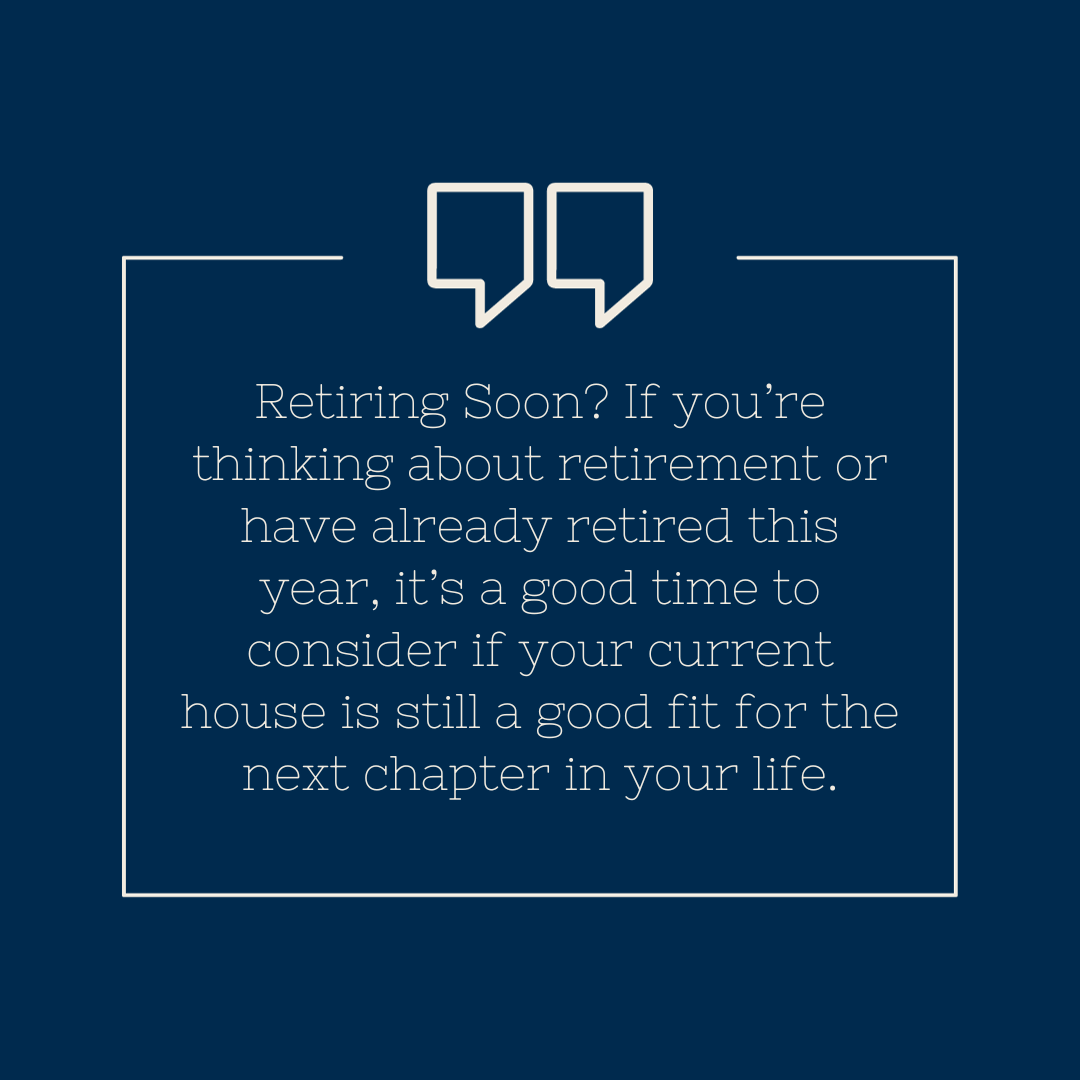
Retiring Soon? Why Moving Might Be the Perfect Next Step

If you’re thinking about retirement or have already retired this year, it’s a good time to consider if your current house is still a good fit for the next chapter in your life.
Fortunately, you may be in a better position to make a move than you realize. Here are a few things to think about as you decide whether or not to sell and make a move.
How Long You’ve Been in Your Home
From 1985 to 2008, the average length of time homeowners typically stayed in their homes was only six years. But according to the National Association of Realtors (NAR), that number is rising today, meaning many homeowners are living in their houses even longer (see graph below):
When you live in a home for a significant period of time, it’s natural for you to experience a number of changes in your life while you’re in that house. As those life changes and milestones happen, your needs may change. And if your current home no longer meets them, you may have better options waiting for you.
How Much Equity You’ve Gained
Additionally, if you’ve been in your house for more than a few years, you’ve likely built-up significant equity that can fuel your next move. That’s because the longer you’ve been in your house, the more likely it’s grown in value due to home price appreciation. Data from the Federal Housing Finance Agency (FHFA) illustrates that point (see graph below):
While home price growth varies by state and local area, the national average shows the typical homeowner who’s been in their house for five years saw it increase in value by nearly 60%. And the average homeowner who’s owned their home since 1991 saw it more than triple in value over that time.
Consider Your Retirement Goals
Whether you’re looking to downsize, relocate to a dream destination, or simply be closer to loved ones, your home equity can be a key to realizing your homeownership goals. NAR shares that for recent home sellers, the primary reason to move was to be closer to loved ones.
Retirement can bring about major changes in your life, including what you need from your home that is right for your lifestyle today. Whatever your home goals are, I can work with you to find the best option.
Why Mortgage Rates Could Continue To Decline
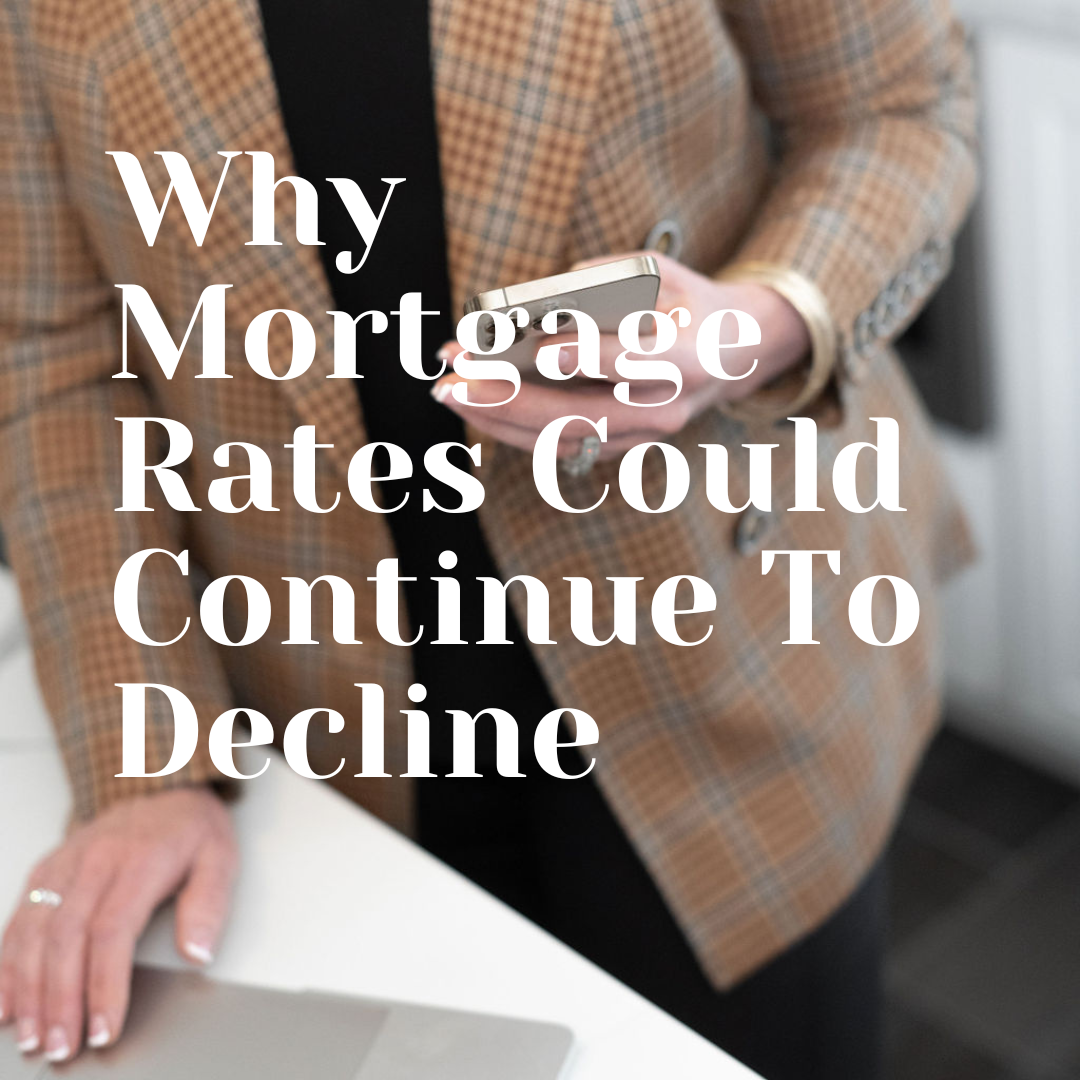
Why Mortgage Rates Could Continue To Decline

When you read about the housing market, you’ll probably come across some information about inflation or recent decisions made by the Federal Reserve (the Fed). But how do those two things impact you and your home buying plans? Here’s what you need to know.
The Federal Funds Rate Hikes Have Stalled
One of the Fed’s primary goals is to lower inflation. In order to do that, they started raising the Federal Funds Rate to slow down the economy. Even though this doesn’t directly dictate what happens with mortgage rates, it does have an impact.
Recently inflation has started to cool, a signal those increases worked and are bringing inflation back down. As a result, the Fed’s hikes have gotten smaller and less frequent. In fact, there haven’t been any increases since July (see graph below):
And not only has the Fed decided not to raise the Federal Funds Rate the last three times the committee met, they’ve signaled there may actually be rate cuts coming in 2024. According to the New York Times (NYT):
“Federal Reserve officials left interest rates unchanged in their final policy decision of 2023 and forecast that they will cut borrowing costs three times in the coming year, a sign that the central bank is shifting toward the next phase in its fight against rapid inflation.”
This indicates the Fed thinks the economy and inflation are improving. Why does that matter to you and your plans to buy a home? It could end up leading to lower mortgage rates and improved affordability.
Mortgage Rates Are Coming Down
Mortgage rates are influenced by a wide variety of factors, and inflation and the Fed’s actions (or as has been the case recently, inaction) play a big role. Now that the Fed has paused the increases, it looks more likely mortgage rates will continue their downward trend (see graph below):
Although mortgage rates may remain volatile, their recent trend combined with expert forecasts indicate they could continue to go down in 2024. That would improve affordability for buyers and make it easier for sellers to move since they won’t feel as locked-in to their current, low mortgage rate.
By not raising the Federal Funds Rate, mortgage rates are likely to continue declining. I’m here for you if you looking for expert advice about changes in the housing market and how they affect you.

 Facebook
Facebook
 X
X
 Pinterest
Pinterest
 Copy Link
Copy Link


